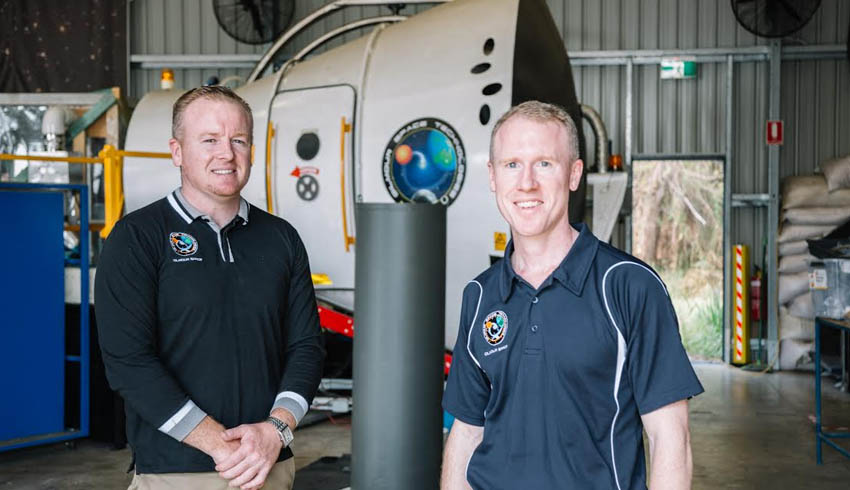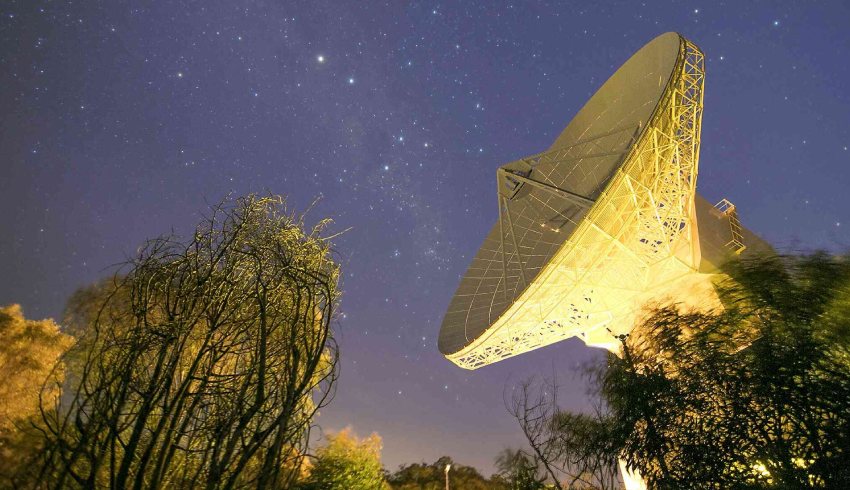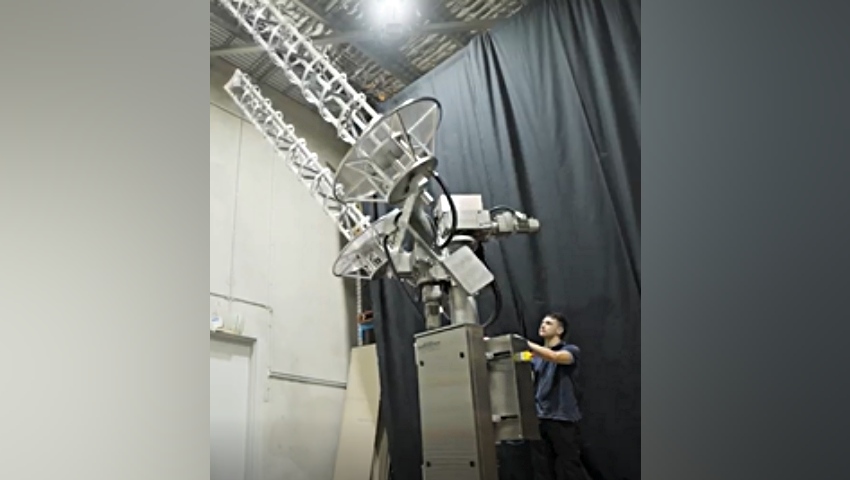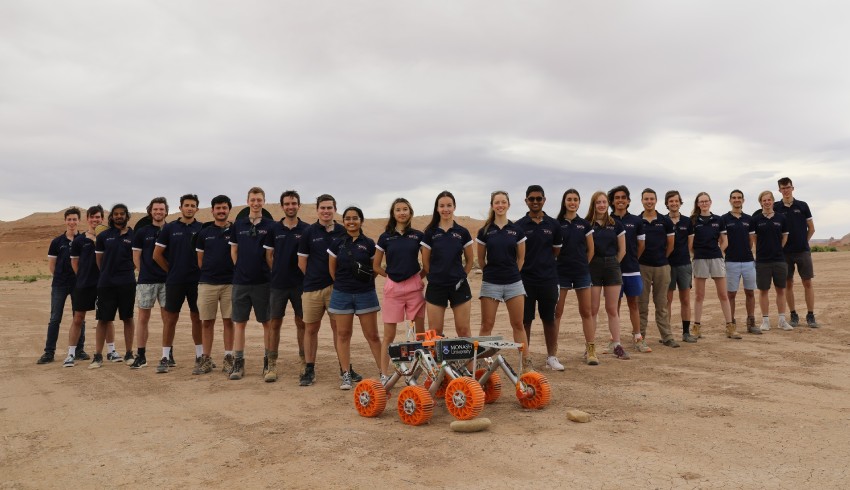
Rocket engineers at Gilmour Space Technologies in Queensland, Australia, have completed the first in a series of major technology demonstrations this year: a successful 45-second ‘hot fire’ of their upper-stage hybrid rocket engine.
“This was our longest and most efficient test fire to date,” said Gilmour Space CEO and co-founder, Adam Gilmour.
“It’s a key demonstration of our ability to produce repeatable, stable, and high-performance combustion over a long duration burn; and a significant achievement in hybrid rocket development.”
Unlike most commercial launch vehicles fuelled by solid- or liquid-propulsion engines, Gilmour Space is developing new cost-effective, safe and green hybrid-propulsion technologies.
“This engine will have the capability to power the upper stage of our Eris orbital launch vehicle, and deliver our customer payloads to required orbits,” he explained.
“Our next test will be a full duration mission duty cycle firing of this engine.”
As with most companies in Australia, Gilmour Space has been impacted by the severe bushfires and global COVID-19 pandemic.
“We’ve had to delay some of our development efforts and transition half our team to remote work at one stage,” said Gilmour.
Despite the challenges, however, the company is tracking to complete a number of significant tests this year, including a series of low-altitude flight tests of their guidance, navigation and control systems, a thrust vector control system test, and a more powerful static fire of their first-stage rocket engine.
“With each test, we get closer to 2022 our goal of launching Australia and our customers to space,” said Gilmour.
Now with 50 employees in its Gold Coast rocket facility, Gilmour Space is pushing the frontiers of Australian manufacturing and growth across the commercial, civil and defence space.
In December last year, the company signed a strategic statement of intent with the Australian Space Agency to demonstrate its commitment to delivering ‘Access to Space’ as a civil priority area. In May, it signed a collaboration agreement with Australia’s Defence Science Technology Group to work on technologies that will enable sovereign launch capabilities in Australia.
“Clearly, the momentum for launch is building here. With the right focus, investment and hopefully a ready launch site by 2022, we believe that space could be a significant future industry for Australia – one that builds on our advanced manufacturing capabilities, and offers real opportunities for jobs, recovery and growth.”
Receive the latest developments and updates on Australia’s space industry direct to your inbox. Subscribe today to Space Connect here.









